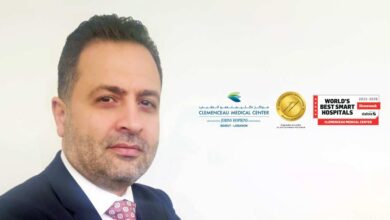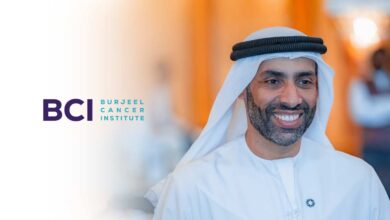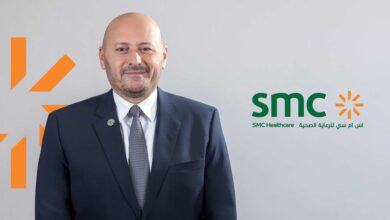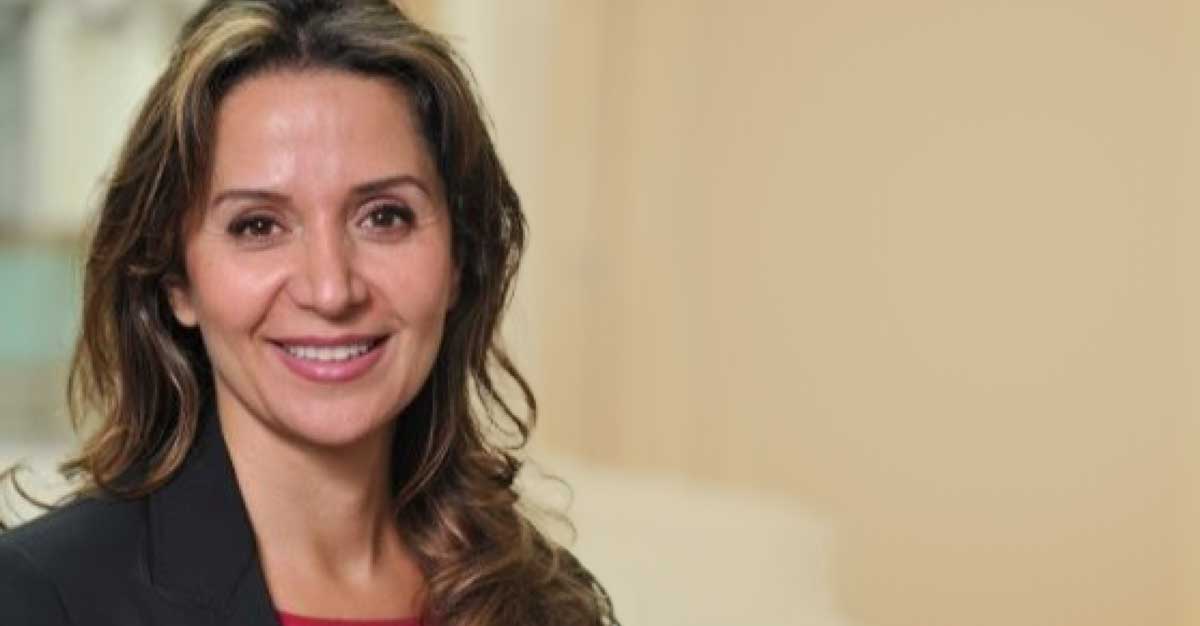
In an era of rapidly evolving healthcare landscapes, academic medical institutions are redefining their global footprint. At the forefront of this shift is the University of Chicago Medicine, an academic powerhouse that is not only delivering world-class care, but also creating new pathways in healthcare diplomacy, international education, and advanced medical technology. Dialla Atassi, Chief of Global and National Programs at UChicago Medicine, has spent the past decade expanding the institution’s reach across five continents. In this exclusive interview with Hospitals Magazine, she discusses the strategic balance between national and global healthcare initiatives, the power of culturally sensitive patient care, and how technology and AI are shaping the future of academic medicine.
Ms. Atassi, can you tell us about your background and your role at the University of Chicago Medicine?
My name is Dialla Atassi, and I joined the University of Chicago Medicine ten years ago. For the past four years, I have been leading our Global and National Programs. Over this time, we have dramatically expanded our reach across the world. Our focus spans three major pillars: patient care services, training and education—both clinical and non-clinical—under our Global Education Center, and international advisory and consultancy services. Our mission is to share our expertise and extend our academic medicine model beyond borders.
How do you manage and differentiate strategies between national and international healthcare partnerships?
While national and international collaborations share some commonalities, they are inherently distinct markets. For our national initiatives, we build upon the strong reputation of our physicians and Centers of Excellence, which are widely recognized throughout the U.S. Our strategy for global expansion, however, involves a completely different approach. Internationally, we must understand and adapt to diverse healthcare systems, regulatory frameworks, and cultural contexts. We’re not just competing with other U.S. institutions—we’re entering entirely different ecosystems across continents, which requires agility, sensitivity, and deep-rooted partnerships.
Can you tell us about some of your most impactful international programs?
One of our most meaningful recent initiatives is our telestroke program between Chicago and the United Arab Emirates. This program allows for real-time, virtual stroke care; from diagnosis to post-stroke management between our clinical teams and physicians abroad. The ability to respond quickly to stroke symptoms can dramatically improve outcomes or even save lives. This kind of program reflects our core mission: to offer world-class care, no matter the geography, and to do so with urgency and precision.
How do you identify promising opportunities for global partnerships?
We’ve built a trusted global network over the years, rooted in the strength of the University of Chicago brand, consistently ranked among the top ten universities in the world. This network includes existing partners who actively seek collaboration with us, as well as regional offices in five continents that help us build new connections. Our presence on the ground, combined with our academic and clinical reputation, makes us a sought-after partner in many regions.
What metrics do you use to evaluate the success of these partnerships?
Several key performance indicators guide us. These include brand recognition in international markets, the strength and loyalty of our partner relationships, and patient return rates. One of the most important indicators of success is patient trust. When patients and partners continue to return and recommend our services, it’s a testament to the quality and consistency of the care and collaboration we provide.
How is technology transforming your global outreach efforts?
Technology is one of the core pillars of our global strategy. We offer a robust remote second-opinion program in multiple languages, operating 24/7. We also provide comprehensive telehealth services: doctor-to-doctor, doctor-to-patient, telestroke, telepathology, and teleradiology. These virtual services allow us to expand our reach and offer continuity of care in real time. They’re not supplemental, they’re essential to how we deliver academic medicine globally.
And how does artificial intelligence fit into your operations?
AI is deeply embedded in our day-to-day work. In fact, the University of Chicago has developed proprietary AI software integrated into our electronic medical records. These tools help with everything from auto-diagnosis to clinical documentation optimization. AI enhances efficiency and precision in both clinical decision-making and patient workflows. It’s not just a trend, it’s the future, and we’re actively shaping how it will be used in healthcare.
Cultural sensitivity is vital in global healthcare. How do you ensure that across programs?
Cultural sensitivity is a cornerstone of our international approach. Our global team collectively speaks nine languages, and we’ve created a workforce that reflects the cultural, religious, and dietary needs of our patients. We tailor each consultancy or partnership proposal to fit the unique culture of the country we’re working with.
On the patient services side, we ensure accommodations for religious practices, provide access to halal meals, and create a welcoming environment for every patient, whether they are inpatient or outpatient. This cultural adaptability is part of our everyday operations.
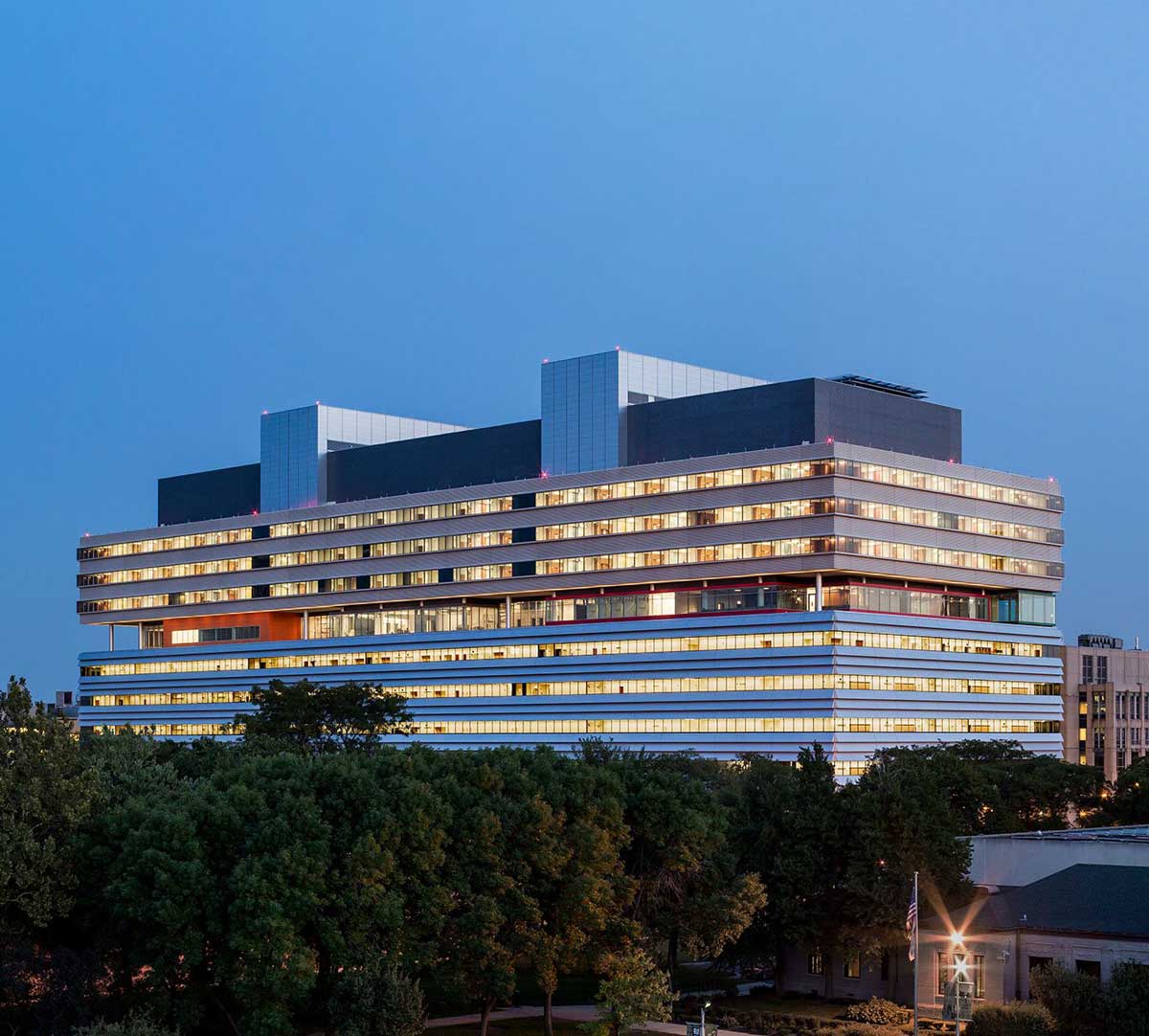
Can you share a success story from one of your global patient programs?
One of the strongest indicators of our success is the consistent return of patients and the growth of our program through word-of-mouth. Our international program operates 24 hours a day, 365 days a year, in multiple languages. Patients know they can rely on us, even if they call at 3 a.m., there’s someone available to support them. That level of responsiveness and trust is something we’ve worked hard to build and maintain.
What are the biggest challenges you face when managing national and international programs?
One major challenge is the increasing level of global competition among healthcare providers. Another is the evolution of healthcare systems in many of the countries we work with. As these countries develop their own infrastructures and services, we must stay agile and adapt our models to complement, rather than compete with, local systems. That includes providing support in capacity building, training, and long-term development strategies.
How do you view the future of academic medicine on a global scale?
Academic medicine holds a unique and powerful position in the future of healthcare. Unlike standalone hospitals, academic institutions are anchored by research, innovation, and evidence-based care. The integration of AI, telemedicine, and clinical trials will further strengthen this role. The institutions that can rapidly adapt to these innovations will lead the way—and I believe the University of Chicago is already doing just that.
What kind of support does your team provide for international patients seeking care in Chicago?
We offer a complete 360-degree patient experience. Before patients even arrive, our intake team proactively connects with them to understand their medical needs and ensure every detail is prepared; from arranging dialysis or oxygen support to accessibility needs like wheelchairs. We also provide complimentary transportation between the airport, housing, and medical appointments. Every patient is assigned a coordinator who speaks their language, and our on-call system operates around the clock, every day of the year.
Once the patient arrives, we assist with housing, cell phone service, banking, and even meal planning. Throughout their treatment, we ensure they follow their doctor’s care plan, and after discharge, we support them through virtual follow-up consultations. We also coordinate communication with their home physicians to ensure a seamless transition and continuity of care. This is academic medicine with a mission, and it extends far beyond clinical walls.











